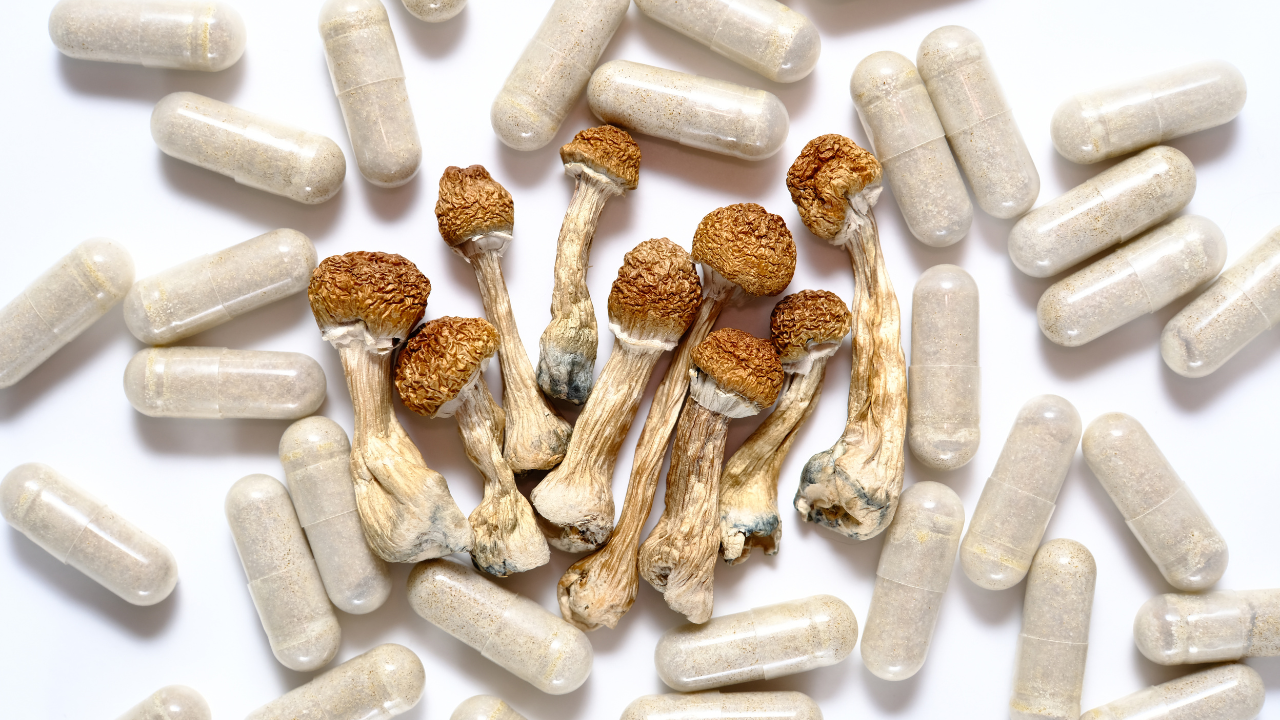The Business Plan for Psychedelics: Q&A With Ben Lightburn, CEO of Filament Health
Lightburn discusses his company’s work with psychedelics and the unique business strategies required for these treatments.
Stock.adobe.com

The life sciences industry is starting to embrace the idea that psychedelics can be useful therapies for certain conditions. Due to the illegal nature of the substances they’re derived from, however, working with these drugs can be uniquely difficult. Ben Lightburn, CEO of Filament Health, spoke with Pharmaceutical Executive about the successes and struggles of pharmaceutical psychedelics.
Pharmaceutical Executive: Can you discuss some of your recent successes?
Ben Lightburn: We developed specific technology that has allowed us to create the first and only pharmaceutical grade natural psychedelic drug candidates. We’re taking this natural approach for several different reasons. Mainly, it’s the fact that humans have been consuming psychedelics for thousands of years and basically all those experiences have been with natural products that humans went and found in nature.
We believe that future consumers of psychedelics will also likely prefer to consume natural products when given the choice between natural or synthetic. You don’t have to look very far in other markets to see that people prefer natural products, even in things like cannabinoid pharmaceuticals, where you have many more sales of natural cannabinoids over synthetics.
Also, naturally derived drugs impart various advantages in terms of IP, and that’s because we’re the first company to figure out how to make natural psychedelic drugs and we’ve been able to patent a lot of technologies in their creation. Our drugs are complex mixtures of all the active compounds from the plant material. This gives them a complexity that makes them very hard to replicate, similarly to the way that a biologic drug is hard to replicate, compared to a single, small molecule.
There’s a big advantage to having a botanically complex natural drug as opposed to an isolated conventional small molecule.
PE: What kinds of treatments are you developing?
Lightburn: The indications that we’re targeting for our drugs for internal development are primarily in substance abuse disorders. We have two approved pilot studies in opioid use disorder and stimulant use disorder. Obviously, both indications need no real introduction, we have over a hundred-thousand people dying of opioid overdoses in North America this year. The existing therapies primarily rely on the substitution of the illicit for a pharmaceutical opioid. In the case of stimulant use disorder, with methamphetamine and cocaine type stimulants, there are actually no approved therapies. Nothing seems to work to help patients in this particular area.
We also supply our drug candidates to different academic and commercial researchers all around the world. These drugs are in a wide variety of different indications, such as chronic pain, coma, other substance use disorders, depression, PTSD, and primarily things that would be classified as mental health disorders. It’s also used in things like chronic cancer pain, which wouldn’t really be considered a mental health disorder.
The general statement is that we still don’t know which areas that psychedelics will be effective, and there are many, many potential indications. We believe in partnering with as many different organizations as possible to really get the research done in as many therapeutic areas as possible. Our goal is to help people, at the end of the day. No one company is going to adequately do justice to every single potential application of psychedelics.
PE: What are some of the difficulties that psychedelics are facing in being embraced by the industry?
Lightburn: The biggest challenge right now is the macro-economic funding environment. You have the well-known, global entrenchment of basically all biotech, all high-risk, future cash flow businesses. The market has been very tough since the COVID boom ended. Probably a lot of that is a warranted swinging of the pendulum back somewhere closer to reality. It was insanely hyped up back in 2020/2021.
Nonetheless, it’s been challenging for many biotech companies, psychedelics included, to secure funding for the long and expensive drug development process. There’s no way around that.
Another challenge that is kind of unique to psychedelics is the controlled nature of the compounds themselves. They are schedule 1 controlled substances, and what that means in practice is tons of red tape. It doesn’t make drug development impossible or illegal, but it means that sitting on top of all your clinical trial sites and clinical development plans is layers of bureaucracy, red tape, import & export permits, DEA site licenses, health candidate sites licenses, etc.
In California, you even have an additional body that must approve drug development with controlled substances. This kind of stuff, it doesn’t really make it impossible, it just adds a lot of sand into a lot of the gears.
The one thing that it is legal to do with controlled substances is drug development. Maybe that’s why the primary activity being done with psychedelics is drug development. Many people argue for a future recreational market, which you already see the beginnings of in a couple of different states.
Beyond the Prescription: Pharma's Role in Digital Health Conversations
April 1st 2025Join us for an insightful conversation with Jennifer Harakal, Head of Regulatory Affairs at Canopy Life Sciences, as we unpack the evolving intersection of social media and healthcare decisions. Discover how pharmaceutical companies can navigate regulatory challenges while meaningfully engaging with consumers in digital spaces. Jennifer shares expert strategies for responsible marketing, working with influencers, and creating educational content that bridges the gap between patients and healthcare providers. A must-listen for pharma marketers looking to build trust and compliance in today's social media landscape.